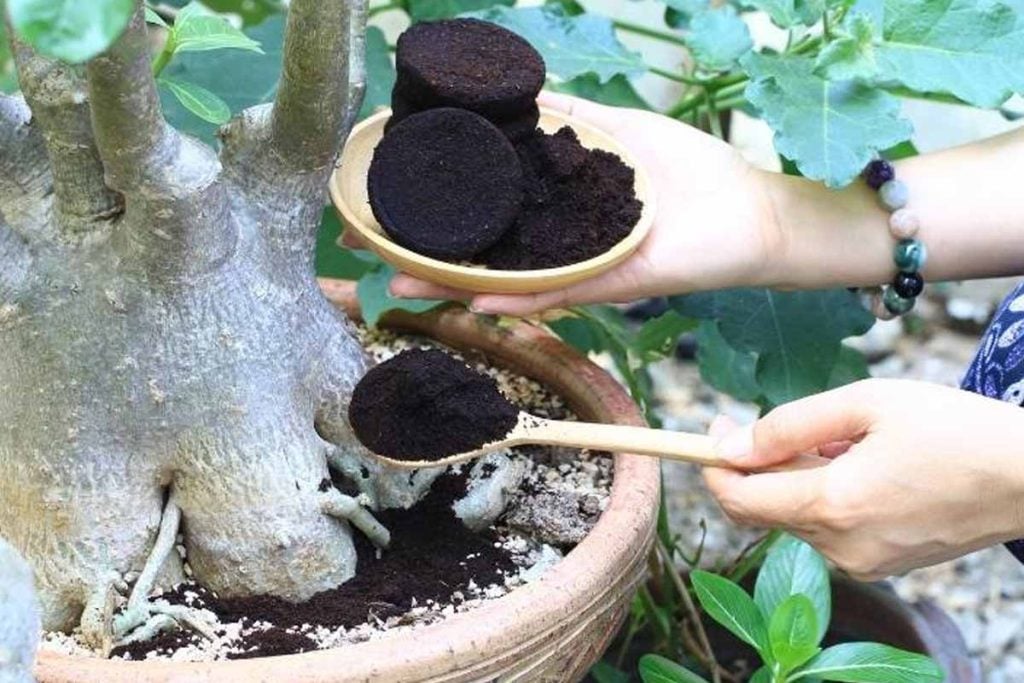Skip the bin and give your plants a daily lift. Those dark, aromatic leftovers carry real power for soil and leaves. They feed, they structure, they even help with pests, so growth feels easier. Homes and balconies benefit as much as beds outside. Used with care, coffee grounds turn a routine habit into low-cost, eco-smart care. The trick is simple: know which plants like them, how to spread them, and when to stop.
Why coffee grounds supercharge soil life
Plants crave steady nutrition, not jolts, because steady release supports strong tissue. Applied sparingly, coffee grounds supply nitrogen for leafy growth, phosphorus for roots and flowers, and potassium for resilience. Trace elements like magnesium and copper aid chlorophyll and enzymes. Color deepens, while energy flows without harsh spikes from synthetics.
Beyond chemistry, structure matters. These grounds add organic matter that welcomes earthworms, and their tunnels boost drainage and aeration. Microbes flourish around the particles, while roots explore a softer matrix. Since water moves better, nutrients reach tips that often starve in tight soils, and stress fades during heat or wind.
pH nudges stay gentle. The material leans mildly acidic, yet buffers extremes, so acid lovers relax and alkaline beds calm down. That balance supports uptake while roots avoid shock. Yields improve because plants handle change smoothly, and leaves resist yellowing in conditions that once blocked iron and magnesium.
Plants that respond best to balanced feeding
Many ornamentals welcome a touch of acidity. Hydrangeas swing bluer as soil tilts that way, especially where beds run alkaline. Rhododendrons and camellias show richer leaves and steadier buds. Growth looks fuller because roots meet gentle nutrition, and drought recovery improves after storms strip minerals from sandy mixes.
Roses reward regular care with abundant blooms, while the nitrogen lift brings sturdy canes and fewer disease worries. Worked into the ring during the active season, coffee grounds help sustain color and fragrance. Since the release is slow, petals hold longer on the plant, and pruning cycles stay predictable.
Vegetable plots respond in kind. Tomatoes set more fruit when soil is prepared with the grounds before planting. Bone meal pairs well for calcium and phosphorus. Leafy greens like lettuce, spinach, and chicory thicken nicely. Potatoes and carrots enjoy looser beds, so roots swell evenly without forking.
A gentle shield against common pests
Texture and traces of caffeine matter to soft-bodied visitors. Slugs avoid the rough layer, so basil and other tender herbs hold their edges. Ant trails divert, which protects roots from tunneling. Some growers note fewer aphids near coffee grounds, though results vary by climate, rain patterns, and local colonies.
Backyard cats dislike the scent and feel, and that helps protect seedbeds from digging. Spread a light ring where you sow, since delicate seedlings need calm around their crowns. As soil settles, the barrier discourages scrapes and scat, while sprouts reach light without the shock of repeated disturbance.
Good companions amplify the effect. Place support plants where they share shade, roots, or insect lures, because harmony reduces pressure. In a permaculture mindset, every layer plays a role, and the grounds become one tool among many. Health rises as the whole system cycles nutrients and moisture.
Correct ways to use coffee grounds safely
Start with preparation. Dry the grounds on paper or a screen for 24–48 hours, since moisture breeds mold and odors. Mix them into the top two to three inches, or feed the compost heap. Surface dumping risks crusting that blocks water and air from the zone roots depend on.
Moderation protects roots, yet still feeds. Use one to two tablespoons per plant, at most four times each year. Never lay a blanket thicker than half an inch, and check pH where soils run sensitive. Blend with other organic amendments so coffee grounds complement, rather than crowd, balanced nutrition.
Know the exceptions. Mediterranean herbs—lavender, rosemary, and thyme—prefer neutral to alkaline beds, so heavy acidity sets them back. Young seedlings burn when nitrogen spikes, and fresh, unweathered material holds more caffeine and bite. Aging or composting tempers the mix, which makes it safer across beds and containers.
Smarter combos, indoor tips, and seasonal strategy
Houseplants benefit when the dose stays light. Tropical foliage like monstera and ficus perks up after a tiny top-dress, and orchids accept a sparing mix during feeding. Because pots drain fast, avoid clumps. A teaspoon of coffee grounds folded into potting mix goes far, especially after it weathers.
Composting delivers the most forgiving path. Blended with leaves and kitchen scraps, the particles mellow, then spread evenly. Sensitive crops respond well to that balance, while soil life feasts on the texture. Since beds change through the year, rotate from compost in spring to light side-dressing during peak growth.
Think in timelines and trade-offs. Synthetic fertilizers push speed, yet risk burn and runoff; the grounded approach builds capacity. Combine with leaf mold or aged manure when structure lags, and adjust applications after heavy rain. Because feedback is local, take notes and tune the routine as resilience builds.
A simple ritual that nourishes soil and plants year-round
Small changes scale. When you dry, measure, and tuck in coffee grounds, you feed leaves and roots while easing waste. Roses, hydrangeas, and tomatoes answer with strength, as pests lose interest and soil breathes better. Respect the limits—no thick layers, gentle pH, extra care for seedlings and Mediterranean herbs. Then pair with compost and bone meal where needed. The habit costs nothing, yet the payoff shows up in color, fragrance, and calm, week after week.
